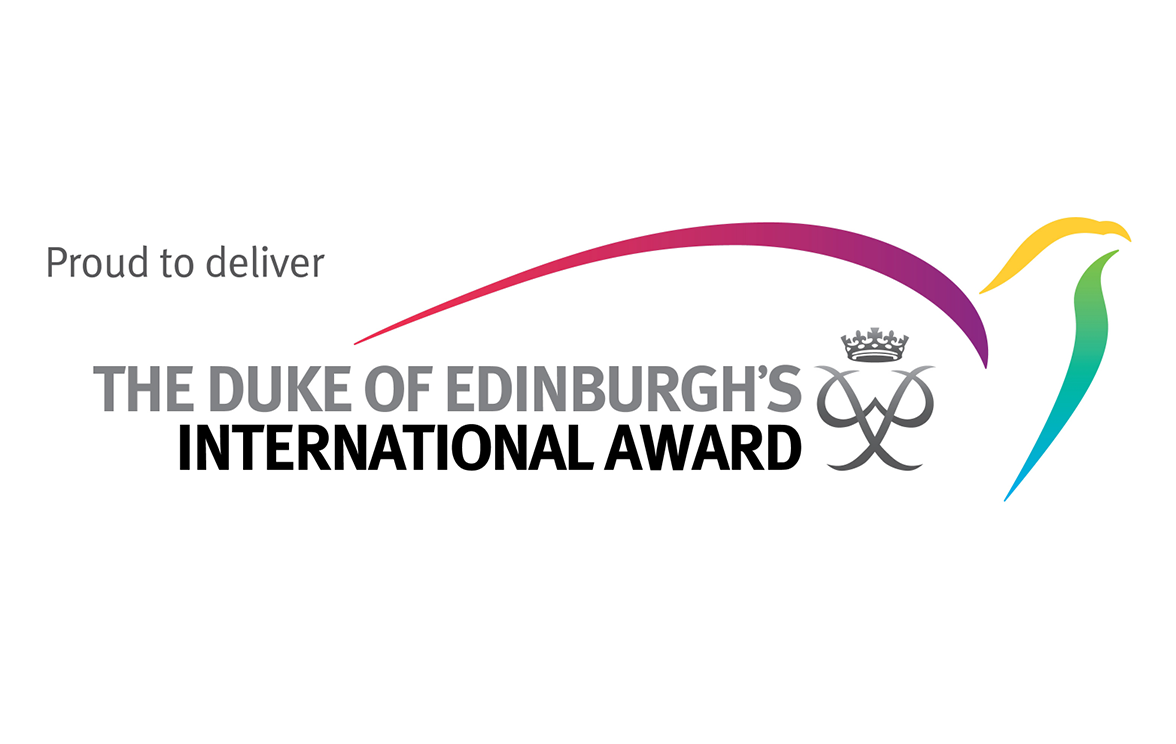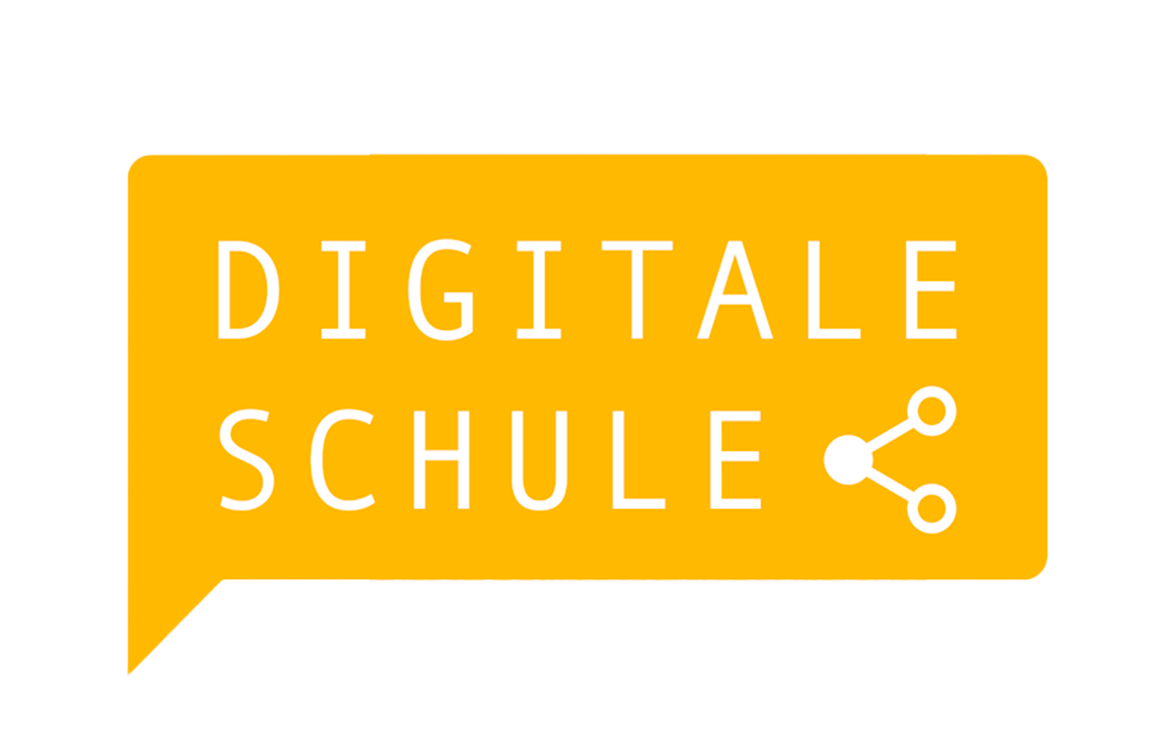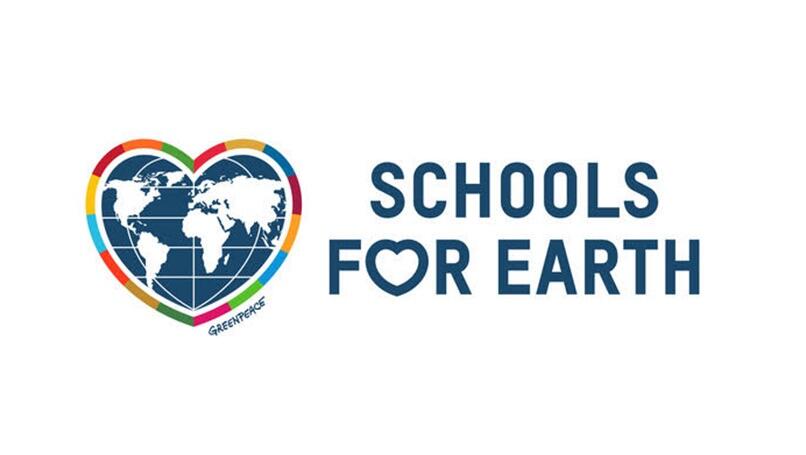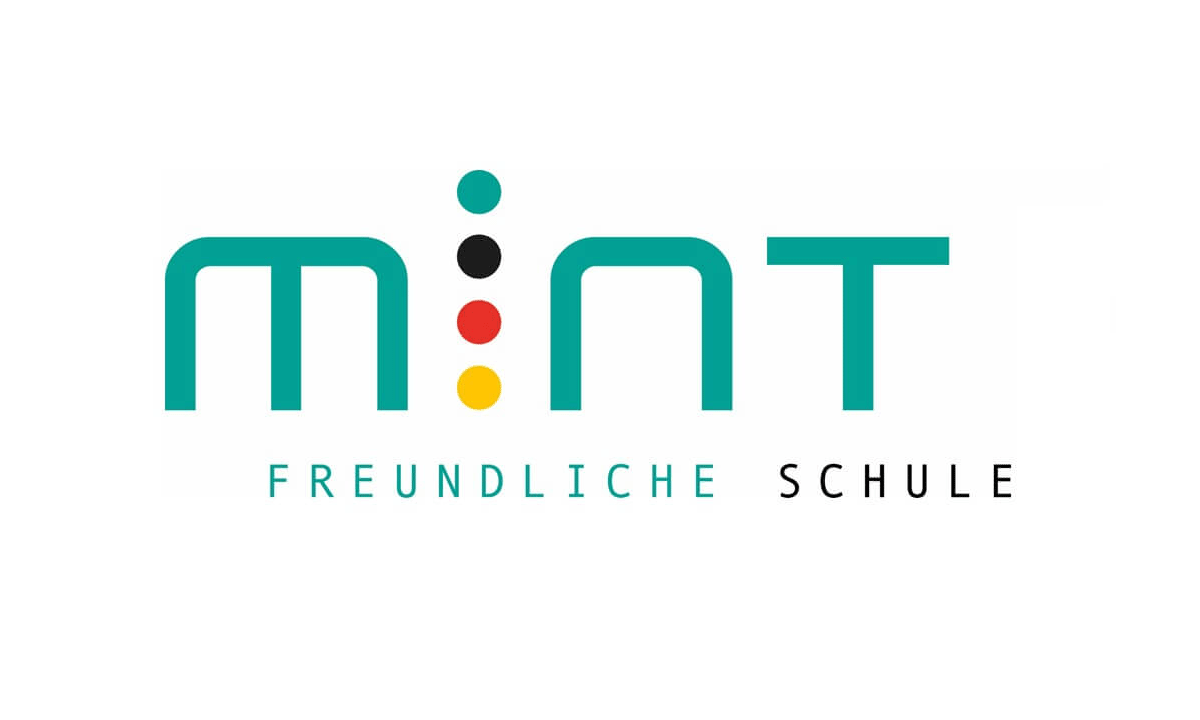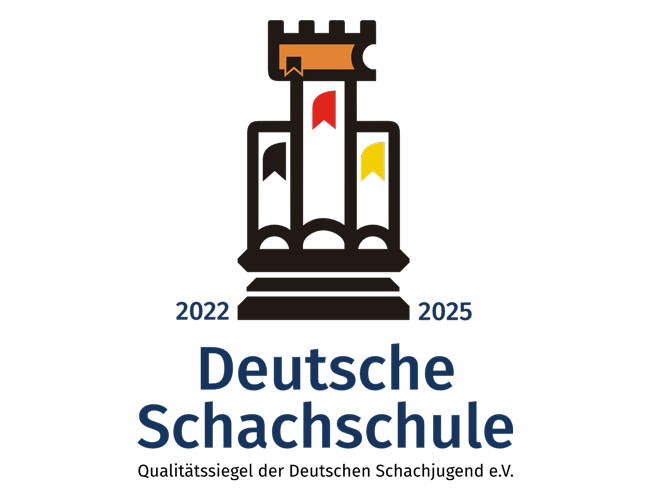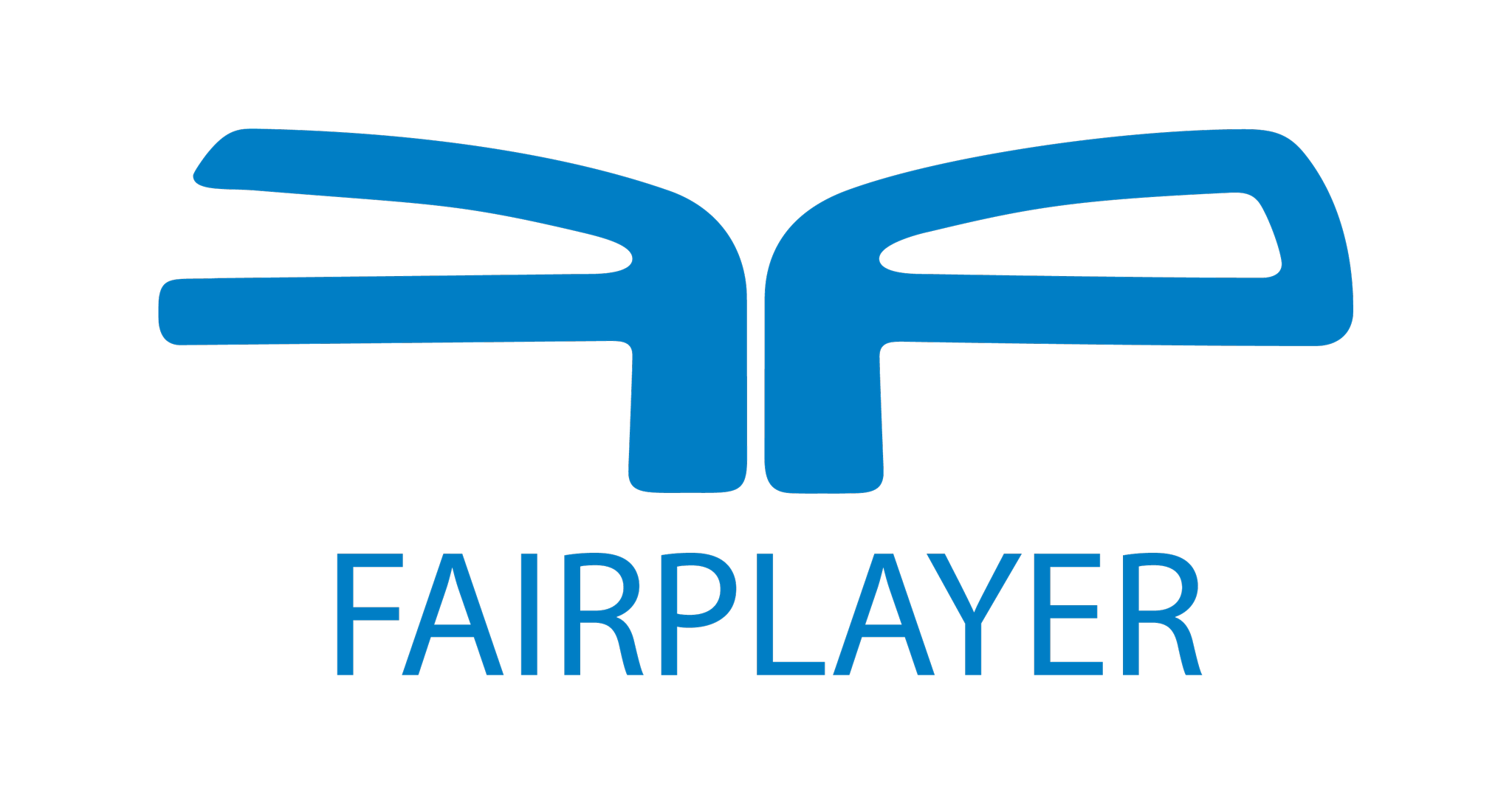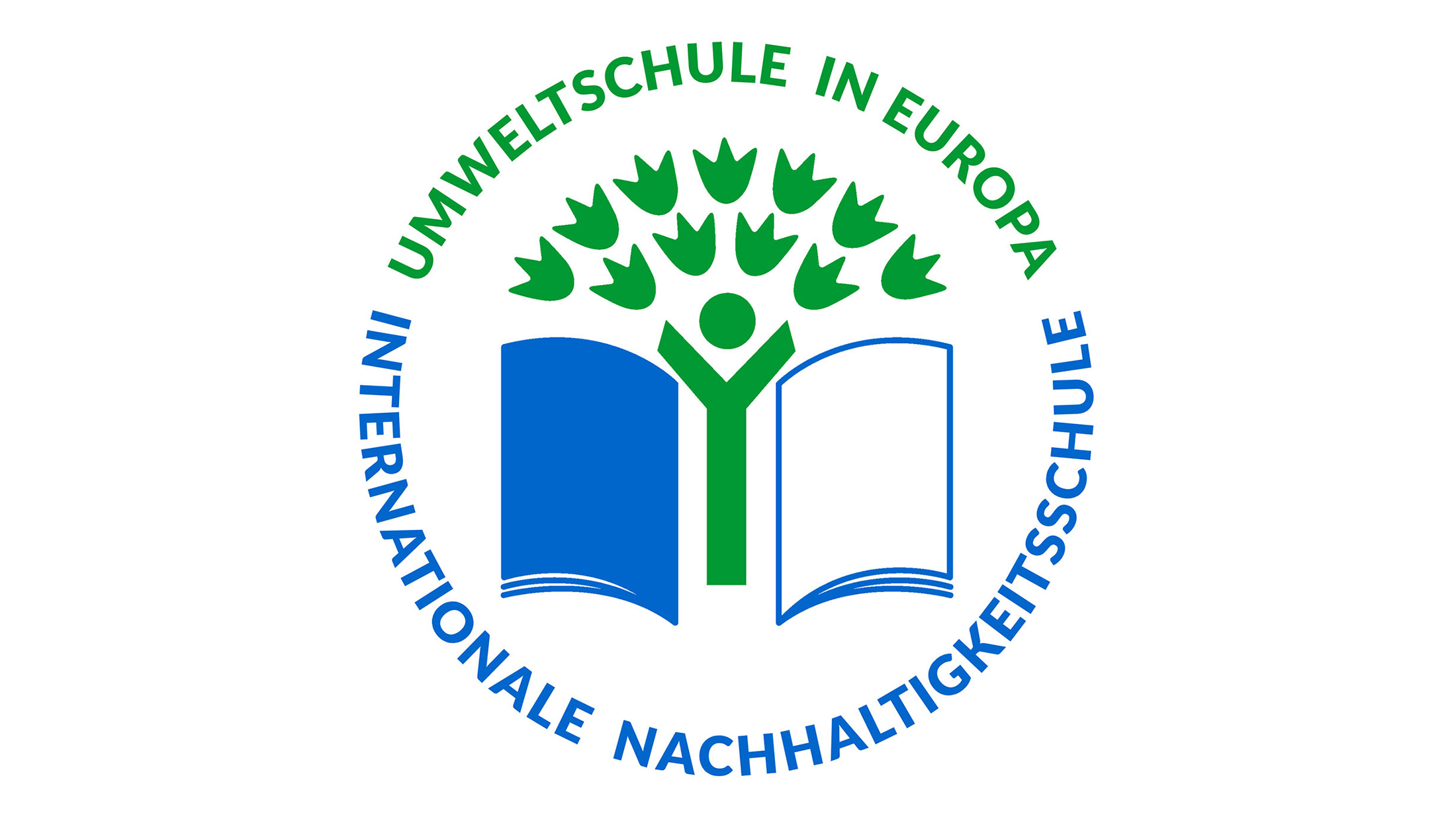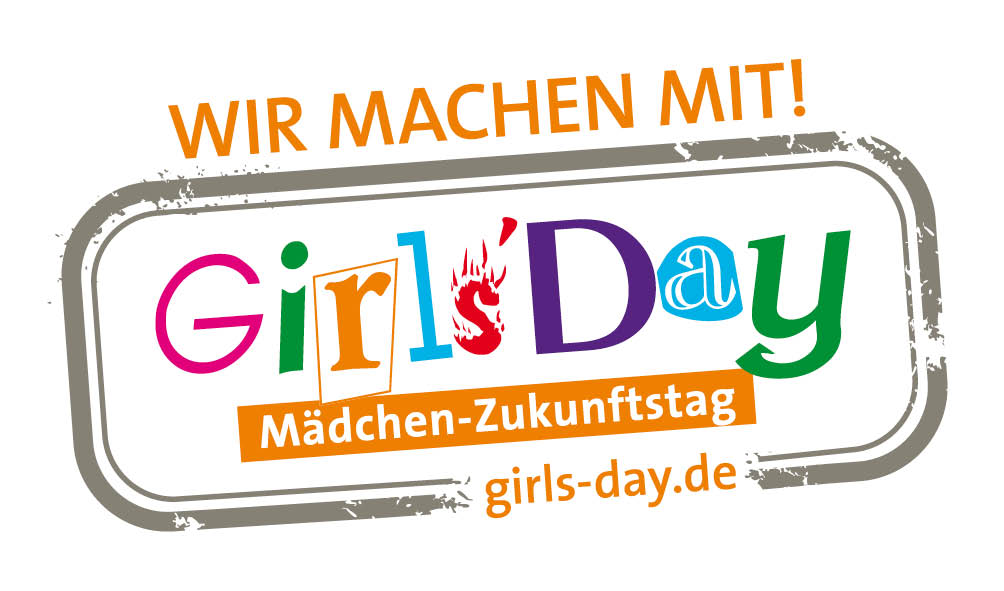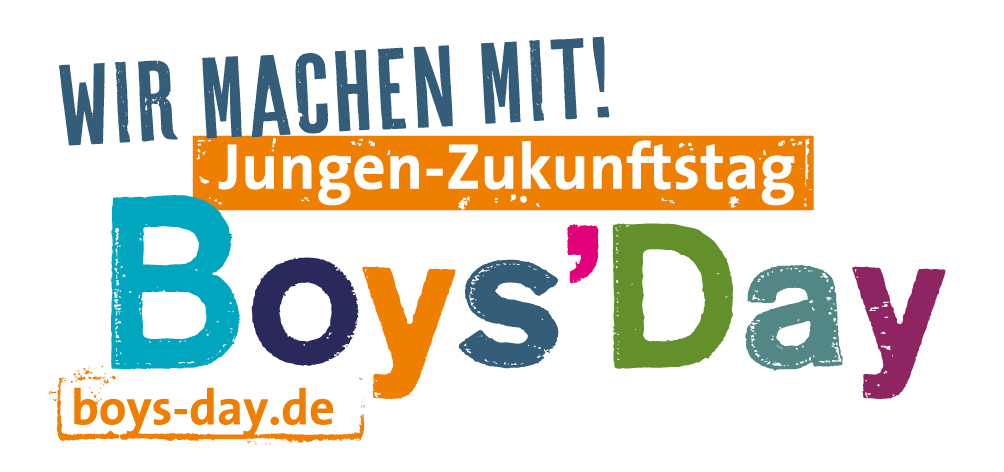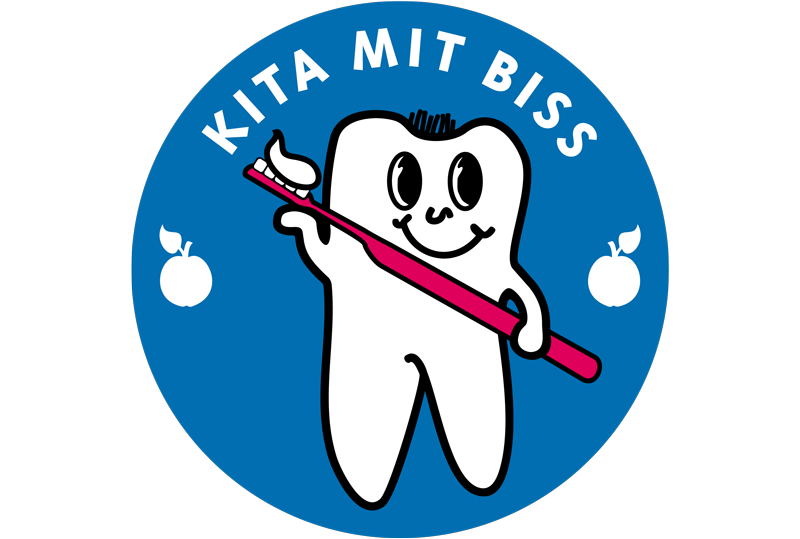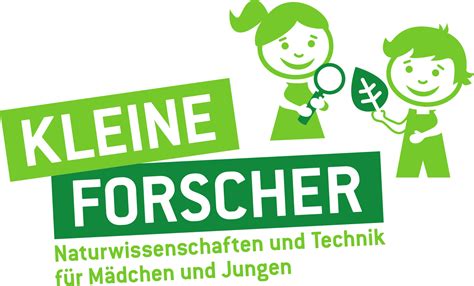Areas of Learning
Education in our Platanus kindergartens follows the Learning, Educational and Child Care Program for children in day care facilities, which is set by the Senate Administration for Education, Childhood and Sport. This program includes the seven areas of learning which are described below.
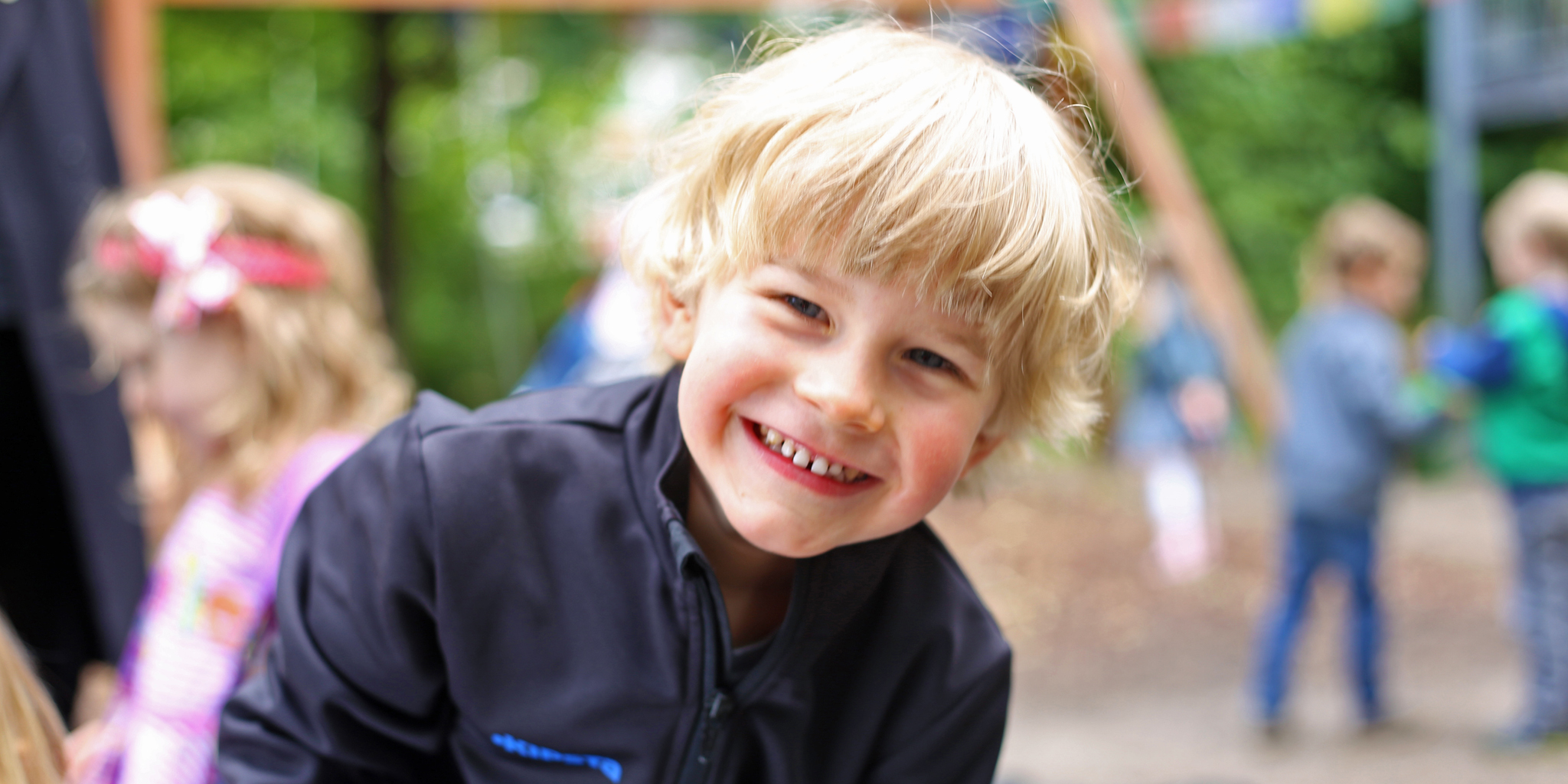
Social and Cultural Life
Social relationships are the basis for all learning processes. Children are both researchers and explorers. When children have a good bond with the people who care for them, they can easily discover the world. In a kindergarten setting, children are able to experience life as a member of a group of children, in an environment where there are equal rights and opportunities for all.
We guide and accompany the children in their age-orientated groups through their time at our kindergarten, starting with the settling in period and then through group work and pre-school until they reach primary school age. The children will have a contact person responsible for their group right from the beginning of their time in kindergarten. Ideally, both the group and the contact person should remain fixed sociable variables in the children’s lives throughout their time at kindergarten.
Body, Exercise and Health
Health is a state of complete physical, mental and social well-being. Health education is an integral part of the daily life of a child in our kindergarten.
The children experience how a healthy lifestyle should be, through varied movement stimuli, a healthy diet and by getting to know their own bodies. The children have the opportunity to take part in exercise through age appropriate activities or sports, both indoors – in the gym – as well as outside on the sports field, or at the park. Through music and dance, the children learn to move in a fun way and learn to link these areas of learning for themselves. We have a children’s play area at our kindergarten on Kissingenstraße and a garden at our Benjamin-Vogelsdorff-Str.1 kindergarten. These are available to the children on a daily basis. They can go there to play, dig, climb and even doze if they wish.
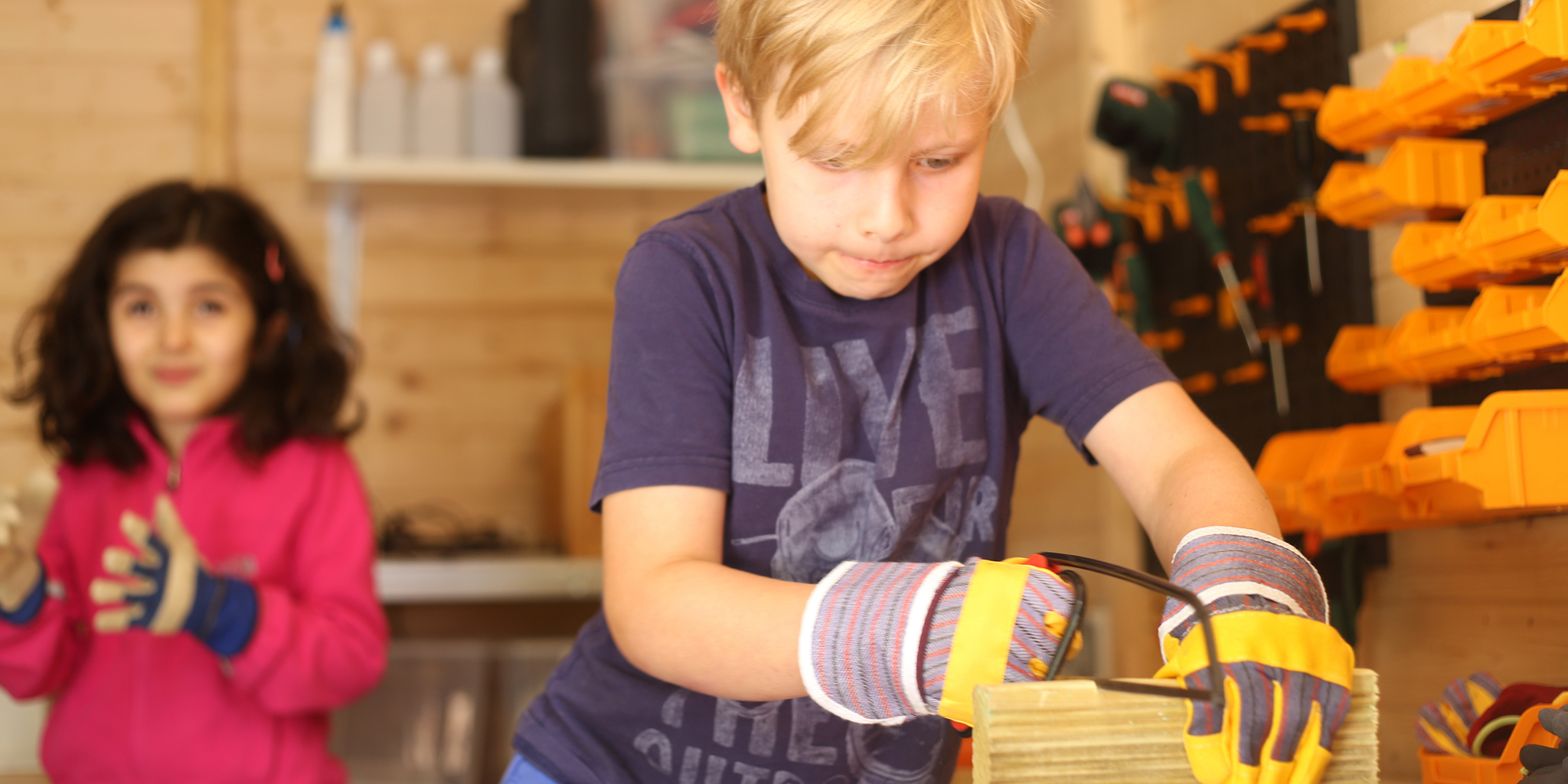
Languages, Communication and Writing Culture
Children should have the opportunity to experience signals and signs, consciously deciphering between phonetic sounds as well as different forms of language – both spoken and written. They learn that spoken language can be represented by signs and they practice the handling of writing materials through drawing, scribbling and painting. They recognise that in order to communicate with others effectively, it is necessary to know how to use standard language and to apply it themselves. In this way, they learn to construct meaningful linguistic ways of speaking and how to construct sentences.
We take the growing world into consideration and see it as an opportunity for the children’s development. Our children learn that there are other languages and ways of writing due to the bilingual education within our kindergarten’s daily schedule, where both German and English are viewed as equal languages. Through the new language, the children are exposed to an unknown culture and thus learn intercultural competences very early on.
The children learn new languages without effort and open up independently to the new language. Learning two languages from 1 to 2 years of age has been shown to have a very positive impact on the child’s cognitive development. The principle of bilingual linguistic early education in our kindergarten is that one of the contact people for the group speaks only German to the children and the other only English. Language acquisition happens through diving naturally into the new language (immersion). For this, the following points need to be taken into account:
- No pressure is put on the children – therefore no aversion to the new language is formed.
- Children learn through imitation, observation and perception.
- Children need love and security when learning.
- Language acquisition is carried out with all the senses.
Basic Scientific Experiences
Children find it exciting to explore and get to the bottom of things together. They want to understand the phenomena in their immediate surroundings which affect their daily lives, as well as organise and make sense of their observations. We use this natural curiosity the children have, and provide them with a variety of different activities, which they can use to develop a basic understanding of nature and the environment. We experiment, explore and observe, both inside and outside the kindergarten.
Basic Mathematical Experiences
The basis for mathematical thinking is developed in the first years of life. First experiences with space and time, mathematical operations such as measuring, estimating, arranging and comparing, abstract concepts as well as symbols and ordering structures are carried out by the children in the safe environment of the kindergarten.
Early Exposure to Music
Music enhances the intelligence of the child and their inner balance. We therefore put great emphasis on singing together – either as a group or individually. With us, the children are able to experience the basic components of music: melody, rhythm and tones and in doing so, aquire an extensive repertoire of songs and dances. Music is also a useful tool in early bilingual education.

Artistic design
In their attempts to get to know and understand the world, children choose their own ways to express themselves, and use a variety of means to do so. When drawing, painting, collaging or experimenting with different materials such as plasticine, wire and paper, the children are actively interacting with their environment. They process their experiences and express themselves in their own ways. Creative and artistic activities are an integral part of the daily structure in our kindergarten.
